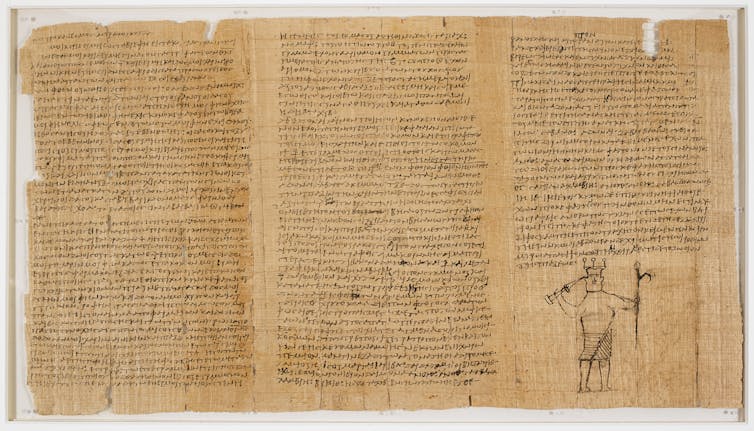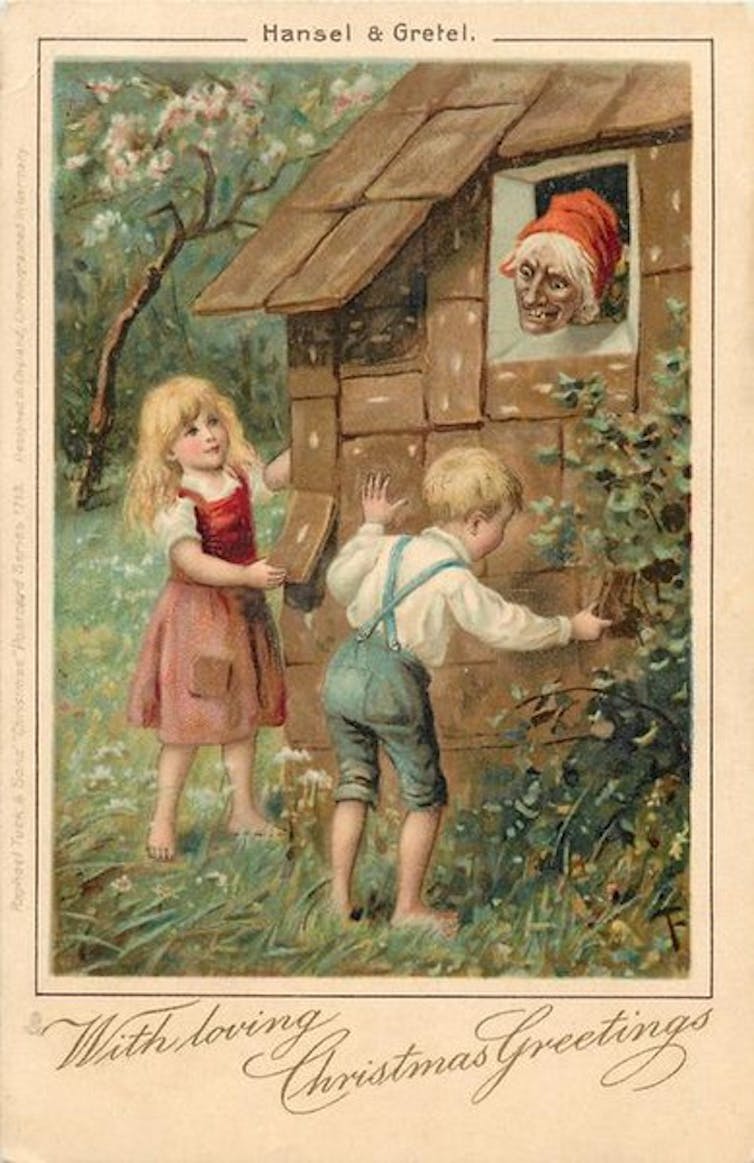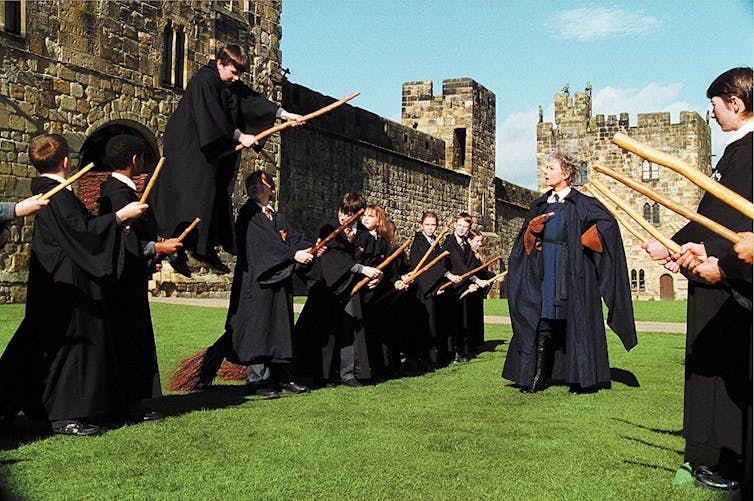Source: The Conversation (Au and NZ) – By Nicole Kimball, PHD Student in Classics, University of Newcastle
Hello, curious kids! Have you got a question you’d like an expert to answer? Ask an adult to send your question to curiouskids@theconversation.edu.au
Are witches and wizards real? Mabel, age 7, Anglesea, Victoria.
They are, but not in the way most people think.
The witches and wizards you read about in fairy tales and fantasy can usually do amazing things. They can fly, cast spells and brew potions. Some can even see the future. These witches and wizards aren’t real, but they are based on people who are.
Calling someone a witch or wizard hasn’t always been a very nice thing to do. In many cultures, practising magic was looked down on or thought to be evil. In many countries, laws were passed against the use of magic. This meant that people who were thought to practise magic were often punished, even if they hadn’t actually done anything wrong.The ancient world
Thousands of years ago, in places like Greece and Rome, using magic wasn’t actually illegal unless you hurt someone with it.
For example, in Rome it was illegal for someone to use magic to steal his neighbour’s crops. We know this because two Roman writers, Pliny and Seneca, mention it when they talk about the 12 original laws of Rome.
We have also found a lot of records that the Greeks and Romans had witches and wizards, including an entire spell book called the Greek Magical Papyri. This book has instructions about how to make and cast all sort of spells.

Some of those spells were inscribed on lead and can be found in museums today.
Read more: Curious Kids: Are mermaids real?
Witch hunts and wizard towers
Things changed in the Medieval and Early Modern European periods. The use of magic became connected to worship of the devil so it was seen not just as illegal but as heresy – or a sin against God.
This meant anyone suspected or convicted of using magic was in trouble not just with the law, but with the church.
Eventually books were written on how witches could be identified and punished. The most famous of these is called the Malleus Maleficarum (Hammer of Witches). It was written by two German priests, Heinrich Kramer and Jacob Sprenger, around 1486.
This was also a time when people began to believe that witches had some amazing powers, some of which were written about in the Malleus. People thought witches would rub ointment on themselves or their broomsticks in order to fly to gatherings at night where they would cook and eat children. They also thought witches had the power to turn people into animals.
These powers eventually made their way into folklore, which was then written down in fairy tales like Hansel and Gretel.

In other places, magic was less persecuted. John Dee (1527-1608) was the court astronomer for Queen Elizabeth I. He was also a mathematician, astrologer, occultist and alchemist. Although much of his research bridged the gap between magic and science, Dee wouldn’t have seen much difference between the two.
All his research was concerned with understanding the world around him.
Much like persecuted witches became the witches of fairy tales, Dee and men like him contributed to the idea that wizards are wise men that live in towers, a little bit like J.K. Rowling’s Albus Dumbledore.
Read more: Curious Kids: why can’t humans grow wings?
Witches and wizards today
Today, wizards have mostly been relegated to fantasy or to stage performers, who usually call themselves magicians. But witches have become more common than ever.
In the 1940s and 50s, a new religious movement appeared called Wicca. Wicca, or pagan witchcraft, typically involves the worship of a Goddess and a God. Magic rituals can be part of Wiccan practice but it isn’t always necessary.

In the late 1960s, a number of women’s activist groups named themselves using the acronym WITCH. There were many variations of the acronym, such as “Women Inspired to Tell their Collective History” or “Women Incensed at Telephone Company Harassment”. These witches used their platform to fight for women’s rights.
The 2011 British census found 11,766 people identified themselves as Wiccan, while 1,276 described themselves as practising witchcraft.
The kind of person that we might call a witch or wizard is constantly changing. So, even if the witches and wizards of fairy tales and fantasy aren’t real, the people they are based on are.
– ref. Curious Kids: are witches and wizards real? – https://theconversation.com/curious-kids-are-witches-and-wizards-real-141799







